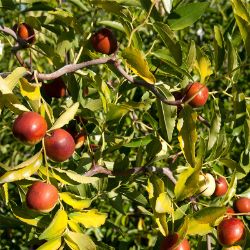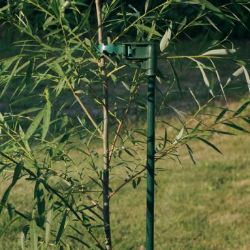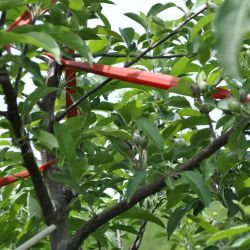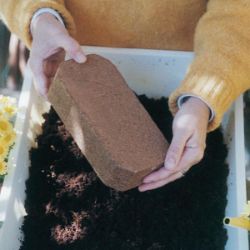How to Grow Jujube Trees





The jujube (pronounced jo?o-jo?ob) is a member of the buckthorn family, or Rhamnaceae. Its botanical name is Ziziphus jujuba, and its common names is Chinese jujube, or sometimes, just jujube. Though the plant’s origin is probably Syria, it was distributed throughout much of the Mediterranean region at least 3,000 years ago and today is most widely grown in China.
Jujube fruit is shiny reddish-brown, offering a sweet apple flavor with high sugar content. Measuring 1 1/2-2 inches on average, it can be candied, dried, eaten fresh, or cooked. Picked green, it’s crisp; fully ripe, it’s wrinkled and chewy, often called the Chinese date.
The jujube tree, an ornamental with thin shiny leaves and interesting bark, ripens its fruit in mid- to late September. While self-pollinating, cross-pollination enhances fruit production.
Beyond its appeal, jujube has a rich culinary history worldwide. Eaten fresh or utilized in various ways — smoked in Vietnam, used in sweet tea syrup and porridge in Korea and China, picked in Bangladesh. Medicinally, it’s known for stress relief and anti-fungal, anti-bacterial, anti-ulcer, and anti-inflammatory properties.

















